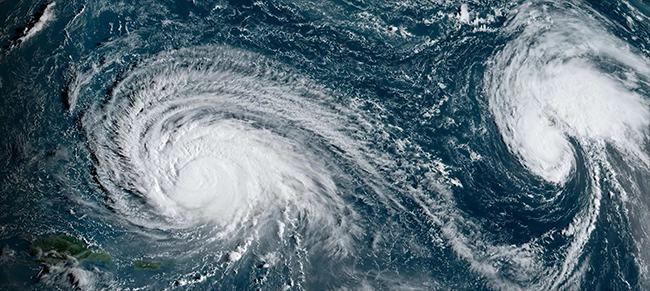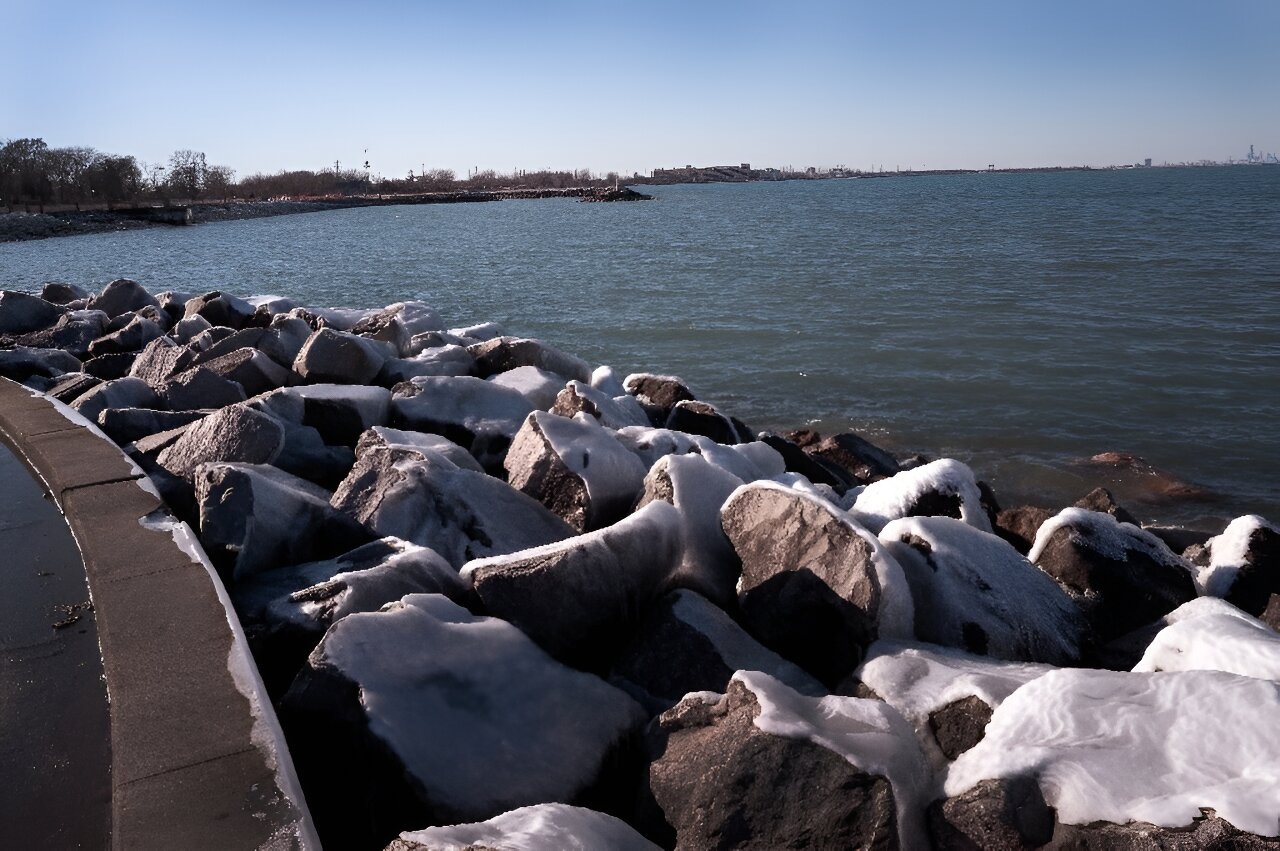
In 2023, we lived through the hottest year since recordkeeping began more than a century ago, but before too long, it might be outdone as the pinnacle of extreme heat.
That’s because it’s unlikely to be the hottest year that we ever experience. Our climate is changing, growing warmer due to the emissions from burning fossil fuels, and our weather is changing with it. It’s possible that this year may turn out to be hotter still.
It’s certainly shaping up that way. This week, a long-lasting and stifling heat wave is sweeping over the eastern side of the US, with record temperatures and rapid-onset drought predicted for some areas. (Check the National Weather Service’s new HeatRisk tool to see how the heat may affect you where you are.) This is just the first major heat event that the US will likely experience this summer, but it’s part of an overall pattern of warmer temperatures we’ve seen already this year.
Last month, the European Union’s Copernicus Climate Change Service said that May’s heat meant we’ve now had 12 consecutive months of record-breaking global temperatures, according to records that stretch back to 1940. It’s not just the air that’s hotter: Sea surface temperatures in May marked 14 months in a row of record warmth.
“If we choose to continue to add greenhouse gases to the atmosphere then 2023/4 will soon look like a cool year,” C3S Deputy Director Samantha Burgess said in a statement.
The US National Oceanic and Atmospheric Administration in March issued its spring outlook, predicting that most of the continental US and Alaska will see above-average temperatures from April through June. The risk of flooding, it said, will ease during the three-month period because of “historically low winter snow cover” in large parts of the country.
An April forecast from the Weather Company also predicted an “abnormally hot” summer in parts of the US. NOAA, meanwhile, published a map showing where it expects the summer heat to be most extreme compared with normal. It highlighted a band stretching from the Northwest down through the Southwest and into Texas. The combination of heat and little rain could increase the risk of drought and wildfires in some regions.
If there’s a silver lining as we stare down the barrel of another potentially record-setting hot year, it’s that the US is now better prepared than ever, and we know what steps you can take to better deal with these unwelcome events. When it comes to weather, forewarned is forearmed.
The federal government has provided funding to build resilient communities, and in September issued a National Climate Resilience Framework, which should provide the US with a whole range of protections. These include conserving water resources, modernizing and strengthening the electric grid against weather and disasters and building infrastructure to protect communities and ecosystems from sea level rise, tidal flooding, hurricanes and storm surges.
At home and in your community, you can take steps, too, including preparing your home for wildfires and flooding and recognizing signs of heat-related health issues. This way, when wild weather comes calling, its impact on our homes, health and livelihoods is minimized.
You can read more about this on Grist.org here.

